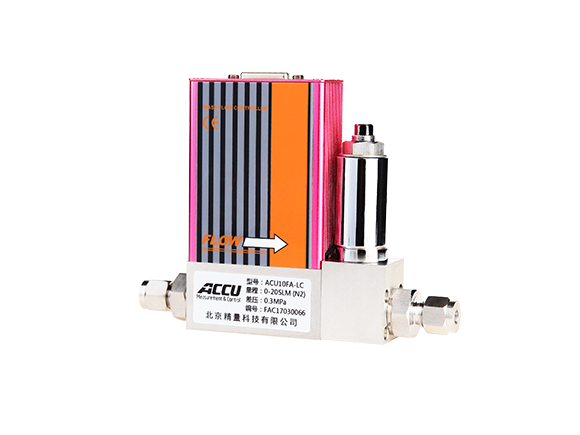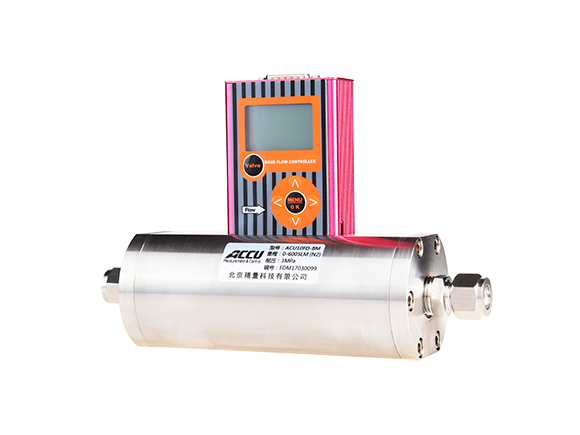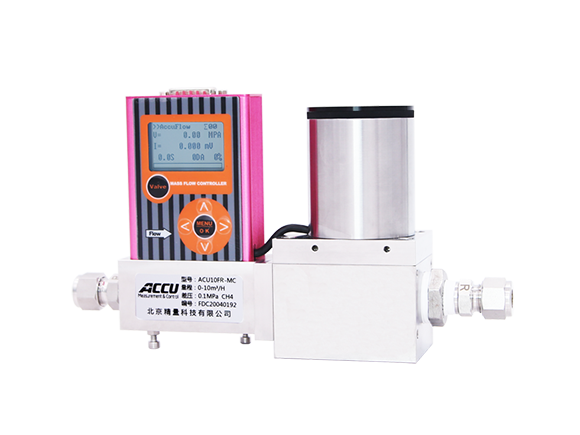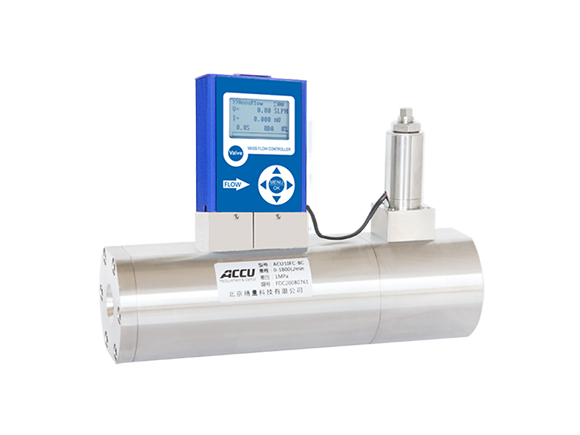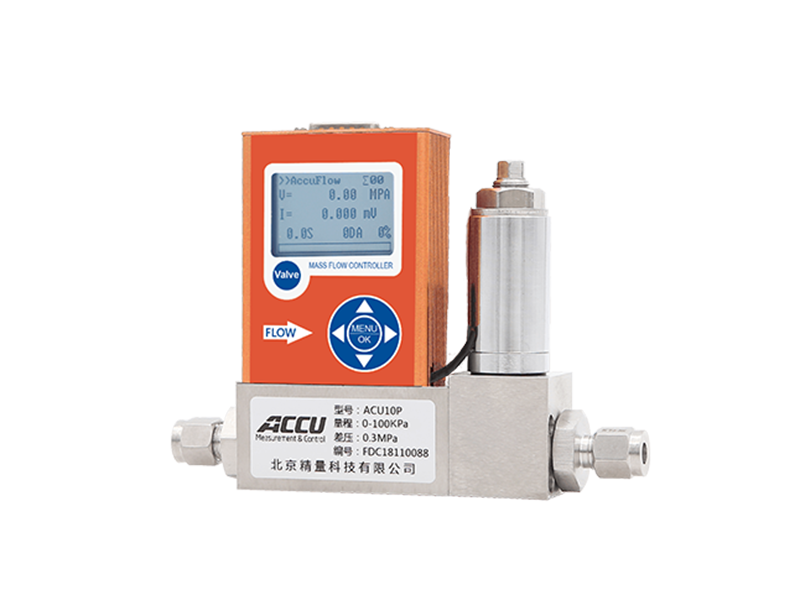A materials company: A highly efficient digital solution for industrial mixed gas blending
Project Background: Accelerated Digitalization of Raw Material Industry
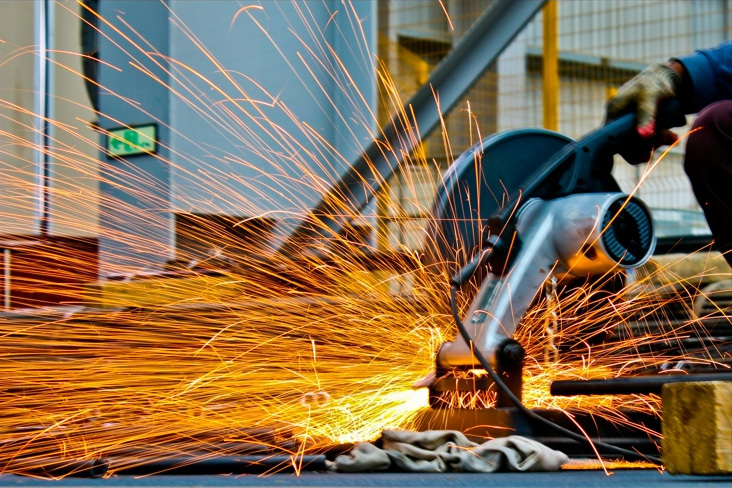
Image Source: pexels
The digital transformation of the raw material industry is accelerating, with some companies making strides toward international leading levels. According to national plans, the CNC rate of key processes is expected to reach over 70% by 2026. Gas mixing plays a vital role in the raw material industry. A precise and efficient gas mixing system can significantly improve production efficiency and product quality, and more and more companies are improving the digital level of gas mixing.
Customer Introduction: Serving technology industry clients with strict quality control
A certain industrial raw material company specializes in the research and development and manufacturing of stainless steel and special alloys. Its products are widely used in industrial, chemical, power generation, petroleum, and natural gas fields. Because the products serve high-end technology customers, the customers have strict quality requirements. In the construction of the gas mixing system, the company focuses on precision, reliability, and digitalization.
Operating Conditions Requirements: Improve Precision and Reliability
This industrial raw material company contacted Jingliang Technology's engineers and provided a clear set of operating requirements for the gas mixing system, which is mainly used for flow control and mixing of three gases: nitrogen (N2), argon (Ar), and air (Air). The specific requirements are as follows:
1. Three gases are mixed into seven channels, and the mixture is output through two channels;
2. Adjustment accuracy of 1%, maximum pressure of 3-way gas inlet is 10 bar;
3. Supports on-site & remote monitoring and operation;
4. Flow data can be exported for data analysis.
Solution: Three-inlet, Seven-channel, Two-outlet, Remote Monitoring
Jingliang Technology engineers, combining operating conditions and parameter requirements, installed one manual valve and one pressure reducing valve at each of the three gas inlets to control gas entry and exit and pressure.
The three gases are transported through pressure reducing valves to seven mixing channels, each equipped with one solenoid valve and one flow controller.
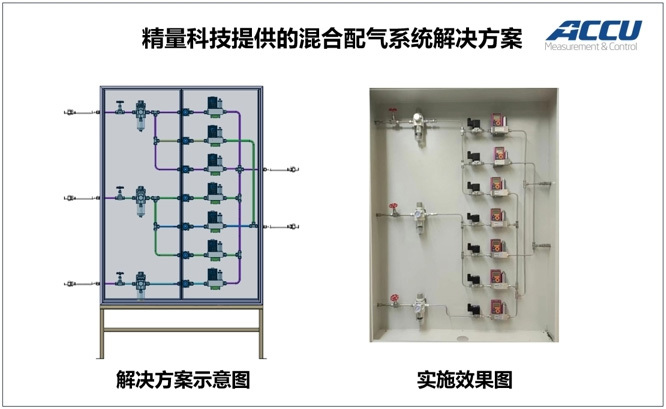
Jingliang Technology engineers, based on operating conditions, parameters, and requirements, equipped the gas mixing system with Jingliang Technology's ACU10FD-MC digital mass flow controller, serving as the system's control device. This digital mass flow controller uses a thermal principle and features fast response, good stability, high accuracy, low zero drift, and strong external expandability, making it well-suited for gas mixing systems.
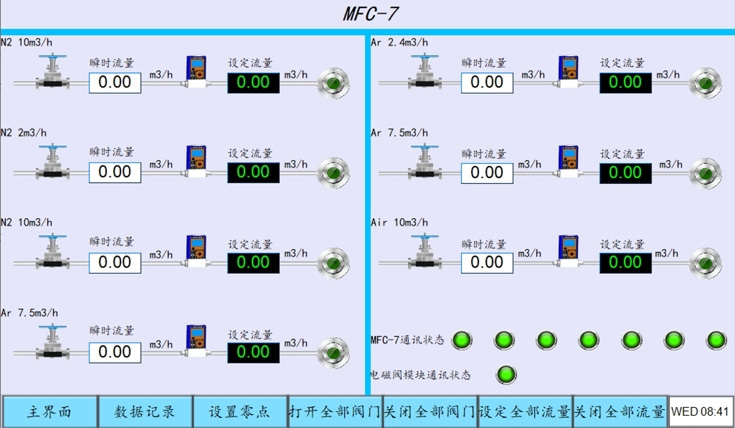
After mixing and control, the gas is finally output from two separate channels.
The system also supports flow data recording and export functions.
For convenient data analysis and monitoring, the controller is equipped with communication interfaces for communication with devices (network port: RS485) and a touch LCD screen for easy data monitoring and visualization.
To address the system's specific operating environment, Jingliang Technology selected high-quality materials for the entire system's cabinet and piping to ensure a longer service life.
Project Benefits: Gas Mixing System Upgrade, Effectively Improves Operational Efficiency
The solution customized by Jingliang Technology for this gas mixing system meets the company's operating requirements and operating standards, and yields the following benefits:
1. Multiple devices work together to achieve reliable, precise, and efficient gas mixing;
2. Supports on-site operation and remote control, making operation more convenient;
3. Supports flow data recording and export, making data analysis more convenient.
During the design of the gas mixing system solution, Jingliang Technology engineers thoroughly analyzed the operating conditions and needs and proposed reasonable equipment configurations.
Jingliang Technology upgraded the customer's gas mixing system, effectively ensuring the smooth progress of the customer's production work.
Related Products


